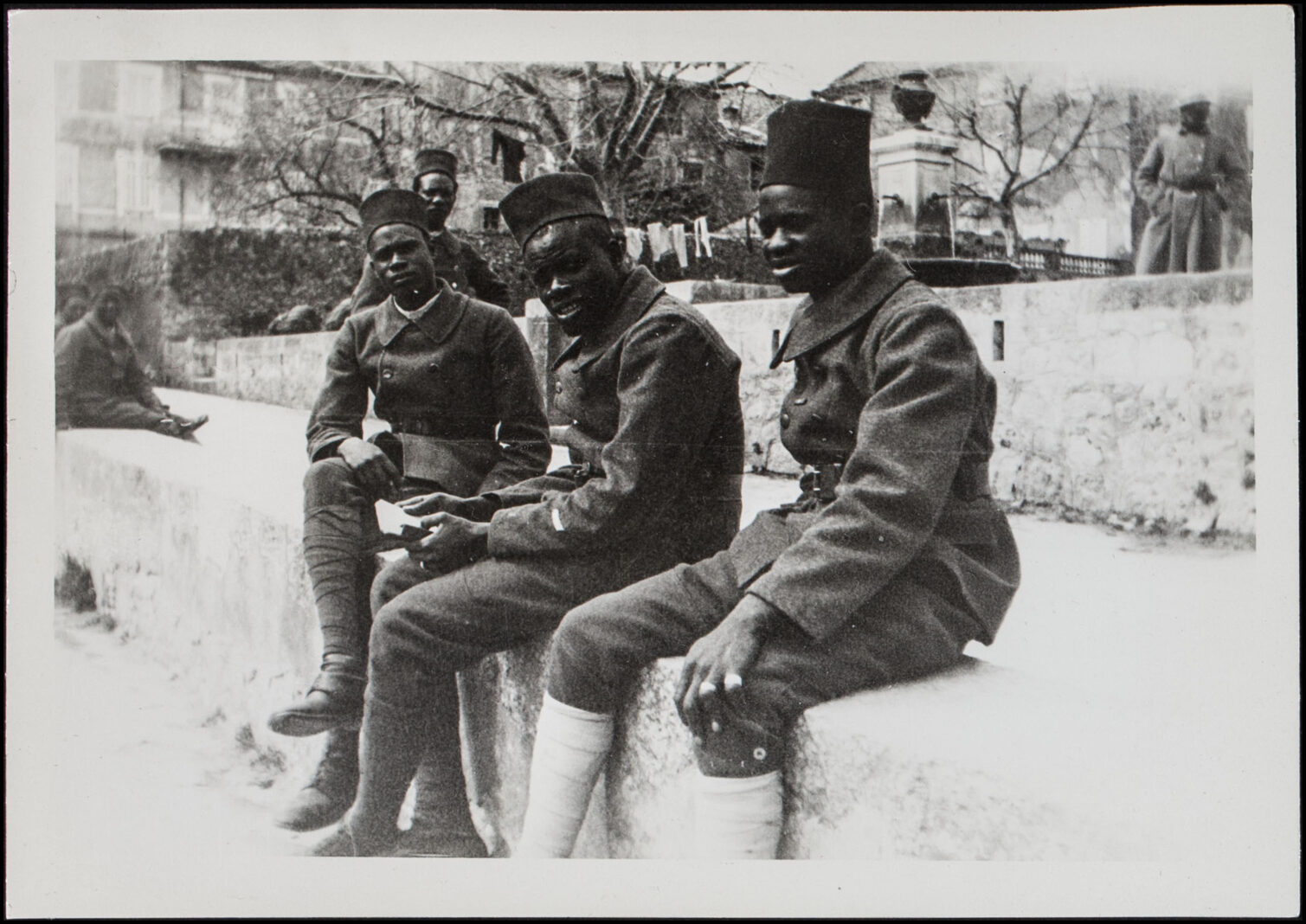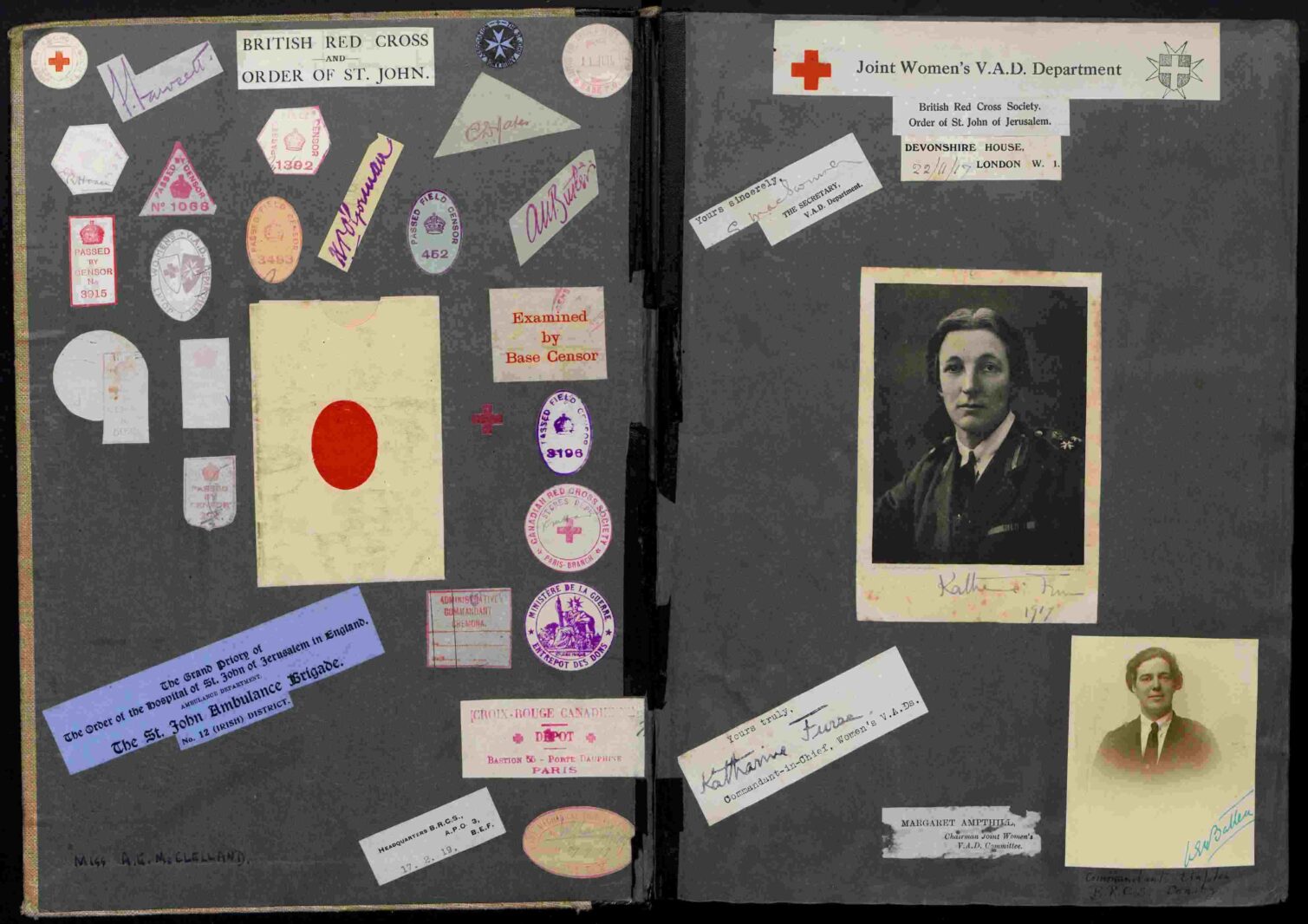Lest We Forget: Learning to evaluate the past
This week marks the centenary of the first paper poppies sold by the Royal British Legion in November 1921. These small red flowers have become a symbol of remembrance, a physical marker of national grief following the bloodshed of the First World War – but also a flashpoint for political debate over who should wear them, when and why.
Over the past few weeks, as poppies began to materialise on lapels across the land, I started to think about public memory, history and how the events of the past are recorded for future generations.

Photographs of War scenes in France and Algeria. Material sourced from The Hoover Institution Library and Archives. Further reproduction is prohibited without permission.
AM Research Methods, the new pedagogical platform from AM, was created with precisely these topics – and many others – in mind. How do we know what happened in the past? What are primary sources? Why are some historical documents archived and why did others disappear? Why does that matter today? Produced in conjunction with more than 160 scholars and archival professionals around the world, Research Methods gathers together all of the advice and practical guidance that students need to embark on archival research and primary source evaluation while encouraging engagement with some of the big topics underpinning the humanities today.
Several items included in Research Methods help us gain a sense of how to approach studying the themes and sources of the First World War.
Within the Learning Tools, you will find an introductory video shot at the Imperial War Museum, London. Curatorial staff at the museum discuss the inception of the archives in 1917 and how collection practice has evolved since, the types of sources that can be found in their archives and challenges that researchers may face when using them. "How to" guides focusing on researching individuals, hidden voices and marginalised groups can help researchers seek out stories of singular figures or groups whose contribution to the war effort may have been obscured by official or popular narratives.
Several Case Studies demonstrate how students can evaluate and approach primary sources from the era. One focusses on a scrapbook kept by an ambulance driver on the Western Front, delving into the role that women played during the war, while another case considers photographs from the conflict, including posed shots of Algerian and Senegalese soldiers.

Scrapbook belonging to A. E. McClelland. Material sourced from Special Collections, University of Leeds. Further reproduction is prohibited without permission.
Additional Practice Sources from the First World War, such as front pages collected from the Daily Mirror, can be used as examples for evaluation – what do headlines captured here tell us about the contribution made by women and soldiers from Britain’s colonies? What role did newspapers like these play in building up the collective memory that persists today?
The past is fixed and events cannot be altered, but there is more than one way to interpret history and millions of primary sources survive that can help you piece together events that transpired. Whether you’re researching literature, gender or sport, medieval correspondence, Victorian objects or twentieth-century posters, Research Methods will help you build the skills you need to evaluate primary sources with confidence.
About the collection
AM Research Methods is out now.
Recent posts

The blog highlights American Committee on Africa, module II's rich documentation of anti-apartheid activism, focusing on the National Peace Accord, global solidarity, and student-led divestment campaigns. It explores the pivotal role of universities, protests, and public education in pressuring institutions to divest from apartheid, shaping global attitudes toward social justice and reform.

This blog examines how primary sources can be used to trace the impact of young voices on society, particularly during pivotal voting reforms in the UK and the US. Explore materials that reveal insights into youth activism, intergenerational gaps, and societal perceptions, highlighting their interdisciplinary value for studying youth culture, activism, and girlhood across history.
